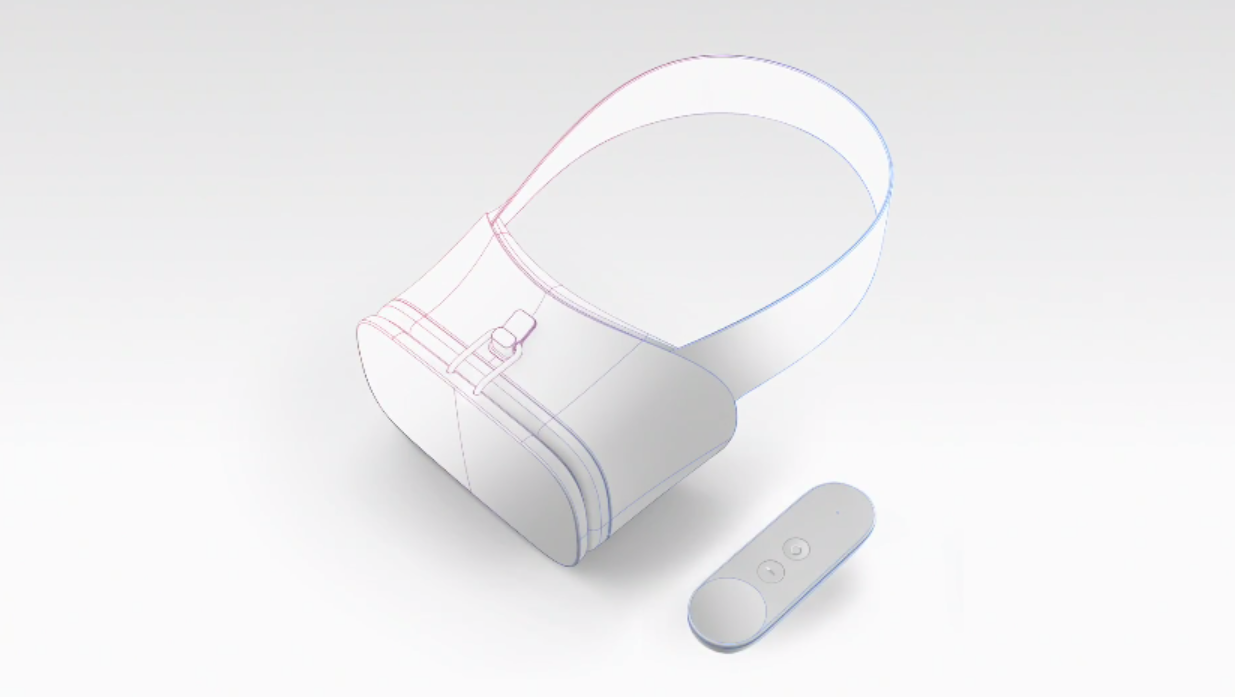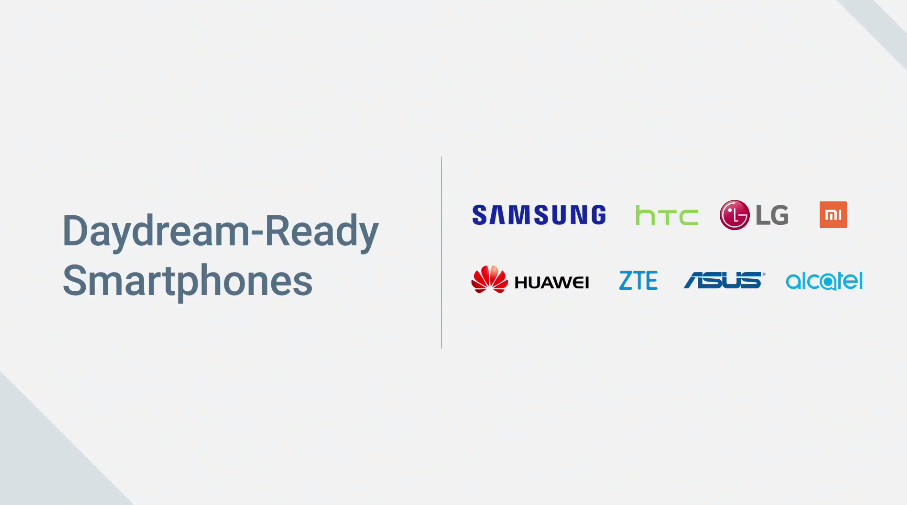
Back in the now distant year of 2014, Google released a small, low-cost virtual reality headset called Google Cardboard, a simple device that overshadowed almost everything else the company discussed at I/O that year.
At first it seemed like Cardboard was little more than a clever albeit functional joke, but as the months and years wore on, it slowly became clear Google viewed its first foray into virtual reality as a way to test the burgeoning technology’s potential, before diving headfirst into virtual reality with a serious strategy. Until I/O 2016 and Daydream, however, it was unclear exactly what Google’s vision for the future of VR really was.
Some rumours indicated Google was working on a VR headset that was capable of running without a smartphone. Instead, it looks like the Mountain View, California-based company plans to build off the initial concept of Cardboard.
Since Cardboard’s launch, a significant amount has changed in the world of virtual reality. High-end virtual reality headsets like the Oculus Rift and HTC Vive have hit the market, though both devices cost a considerable amount of money and require a high-powered PC to power them.
Then there’s Gear VR, the most practical and affordable low-end VR alternative to Google’s offering that’s currently available, featuring improved construction over Cardboard, though the headset is only compatible with recent Samsung smartphones like the Galaxy S6 and S7.
In the years since its launch, Cardboard has continued to chug along, acting as a low-stakes Trojan horse for Google, while still picking up a surprising amount of traction. The New York Times launched a Cardboard video app that’s supported by 1 million Cardboard devices being shipped out to Sunday issue subscribers and the device has sold 5 million units worldwide since launch (it’s still priced at about $14 CAD), pretty good for something that started as two employees’ 20 percent project.
But Cardboard is not without its faults, particularly when it came to head-tracking speed and accuracy, as well as its reliance on disparate mobile devices to power the headset. There’s only so much that can be done with a slab of corrugated cardboard and an Android device.
This is where Google’s recently announced Daydream platform and proof-of-concept virtual reality design comes into play, and why it’s so important to the future of virtual reality, particularly when it comes to the technology reaching a wider audience.
On the hardware side, Daydream is an effort by Google to standardize Google’s vision for VR. Unlike Cardboard, Daydream’s apps will only run on new phones that have been certified by Google to meet specific sensor requirements. According to Google, Daydream-approved Android smartphones must feature high-quality sensors for accurate headtracking and displays with the ability to reduce image blurring, solving two of Cardboard’s major issues.
With Daydream, Google has also created a virtual reality user interface and baked it directly into Android N, the company’s upcoming Android operating system update, opening the virtual reality floodgates even further. A separate section of the Play Store, featuring VR-specific versions of YouTube, games and reportedly a variety of other apps, will also flesh out Daydream, according to Google’s vision for the platform.
In terms of Daydream devices, Google promises all certified headsets will be ergonomic, comfortable and feature a standard motion controller. The lack of a consistent way to interact with most current Cardboard games, and even Gear VR titles (though Samsung does sell a controller), is currently one of low-end mobile VR’s most significant obstacles.
A motion-controlled gamepad included as standard Daydream accessory will result in developers building apps and games designed with this form of input device in mind, opening of a range of new possibilities for software.
While the Gear VR is the most widely known low-end VR headset right now, the device’s main issue is that it’s only compatible with Samsung’s most recent devices. Google’s Daydream won’t have this problem.
And while we don’t know how many Daydream devices will be available for the platform’s rumoured November 2016 launch, major Android device manufacturers like Samsung, Huawei, ZTE, HTC, LG and Asus, as well as many more, have signed on to create Daydream headsets and controllers.
Not to be outdone by its manufacturing partners, Google also revealed that the company plans to create its own Nexus-style Daydream virtual reality headset, an option that will be devoid of the frustrating skinning and bloatware many Android users currently complain about.
Of course, Daydream’s future hinges on Google, as well as its manufacturing partners, actually delivering on these promises. Right now we haven’t even seen what the first Daydream smartphones or headsets will even look like and only have a loose launch date to go on.
At the outset, however, Google’s vision for the future of virtual reality makes a significant amount of sense and is exactly what the technology needs to reach a wider audience.
Related reading: Google’s new Allo Messaging App isn’t secure as you think
MobileSyrup may earn a commission from purchases made via our links, which helps fund the journalism we provide free on our website. These links do not influence our editorial content. Support us here.






